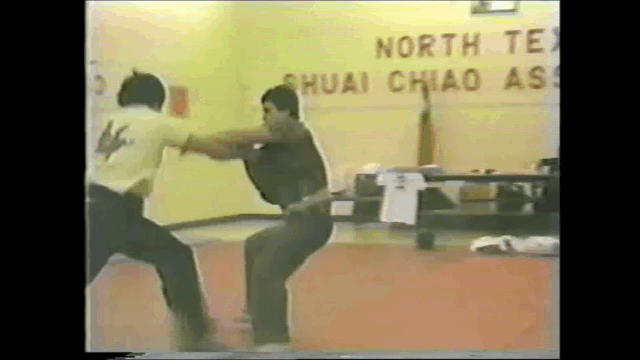Fubo wrote:Not really a question... I was just bringing up the topic, cause I found Graham's blog post interesting.
I agree low squats are good for health. I was making the distinction between a low squat where the torso matches the angle of the shins (as in Bao's video post, and the screen shot you took), vs if the torso was up right.
You're right that a front weighted bow arrow stance with the knee over the toes would not be good for martial purposes, however some people train their form that way as a way in condition and increase leg strength. Not saying that's how I would do it, but some people do.
Per the article "Bow Stance of Traditional Yang Family Tai Chi Chuan," the angle of an individual's torso would allow:
Yang Family Tai Chi on August 29, 2015 wrote:The weight is 60% on the front leg and 40% on the back leg. The left knee moves forward following the direction of the front toes and does not pass the toes. Weight should be centered over the Bubbling Well (Yong Quan) and both feet are rooted. Figure 1 and Figure 2.
The body shape for movements with Bow Stance Footwork generally require the upper body to incline slightly in the forward direction, so it leans at the same angle as the back leg. There are three exceptions in which the torso is straight up and down when using Bow Stance footwork: Left Ward off, Single Whip, and Fan Through the Back.








